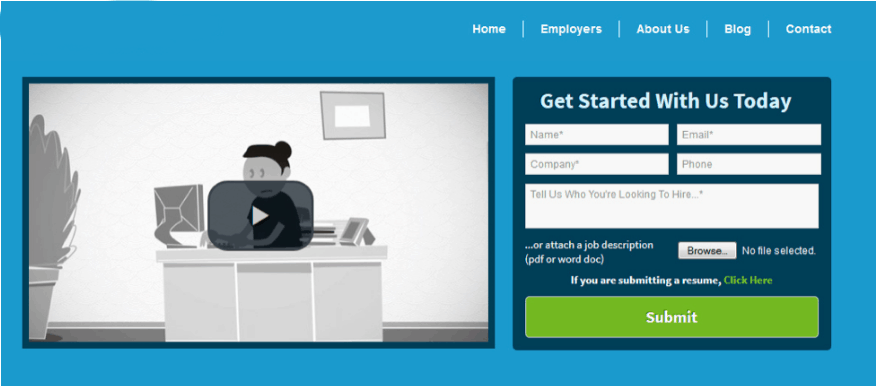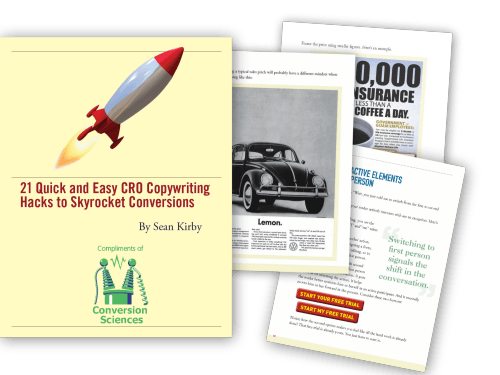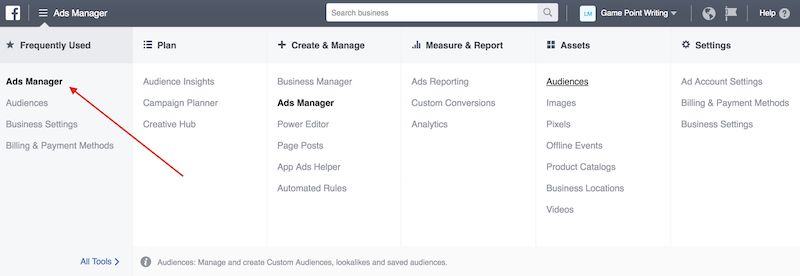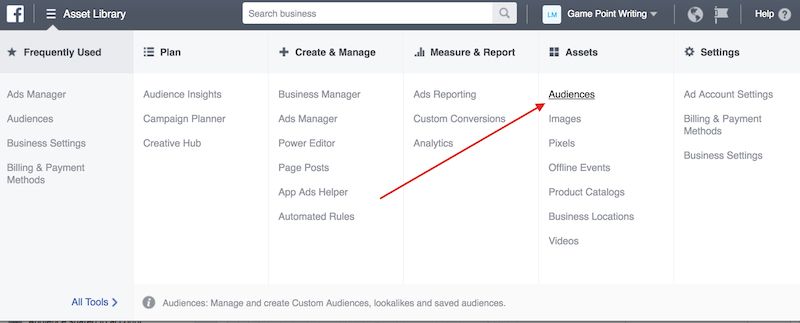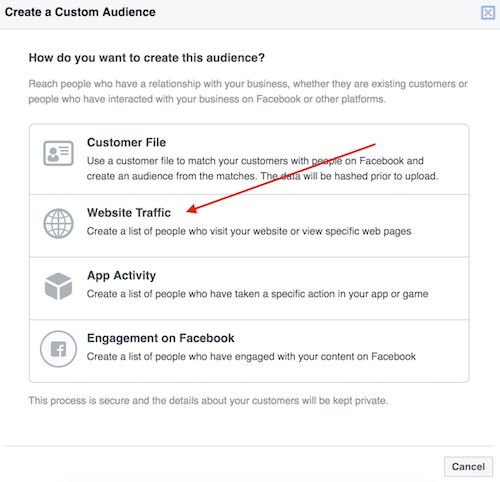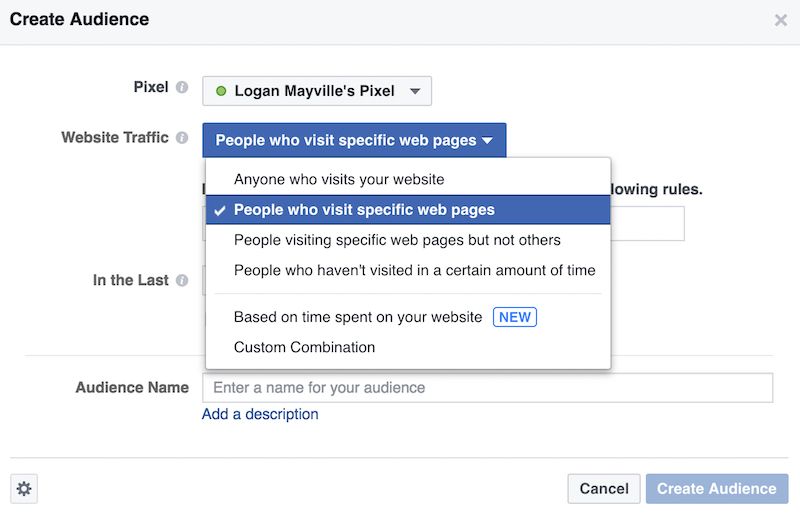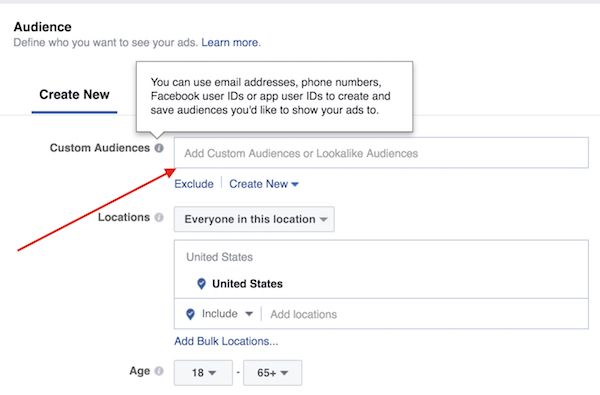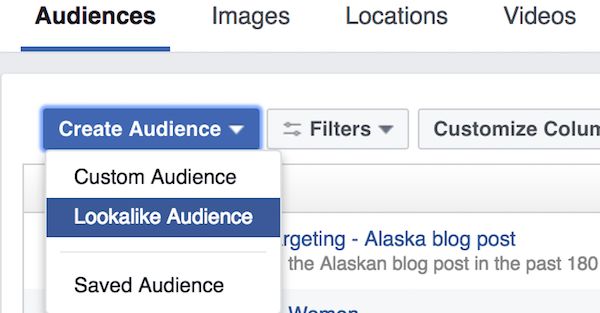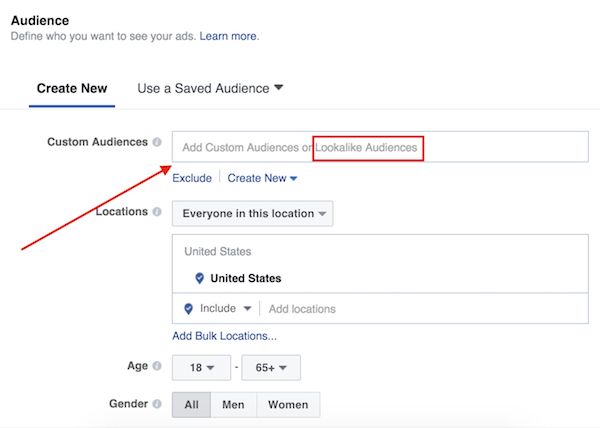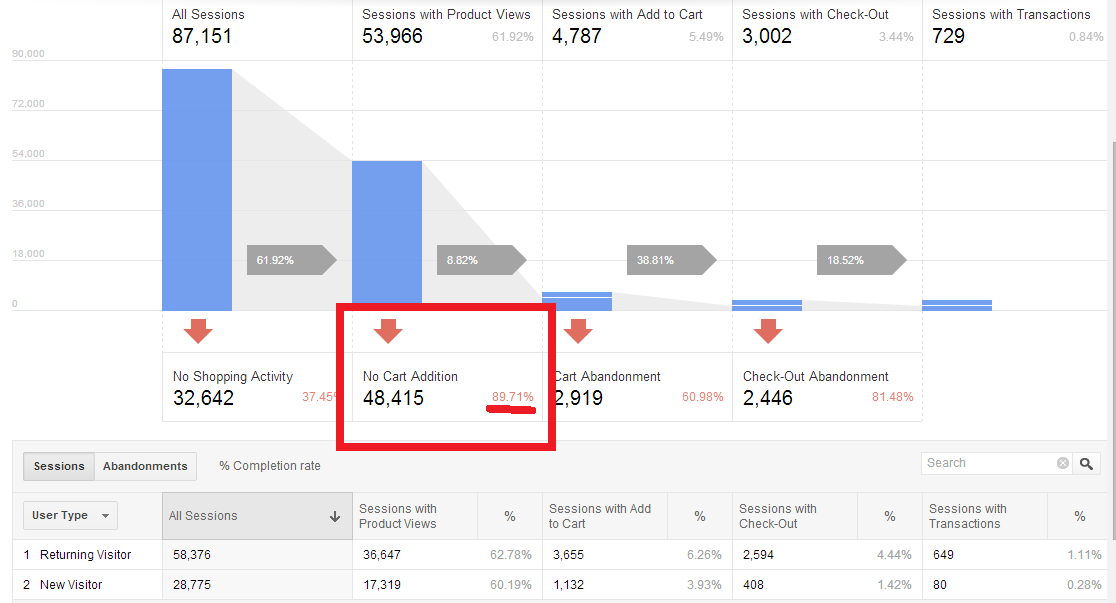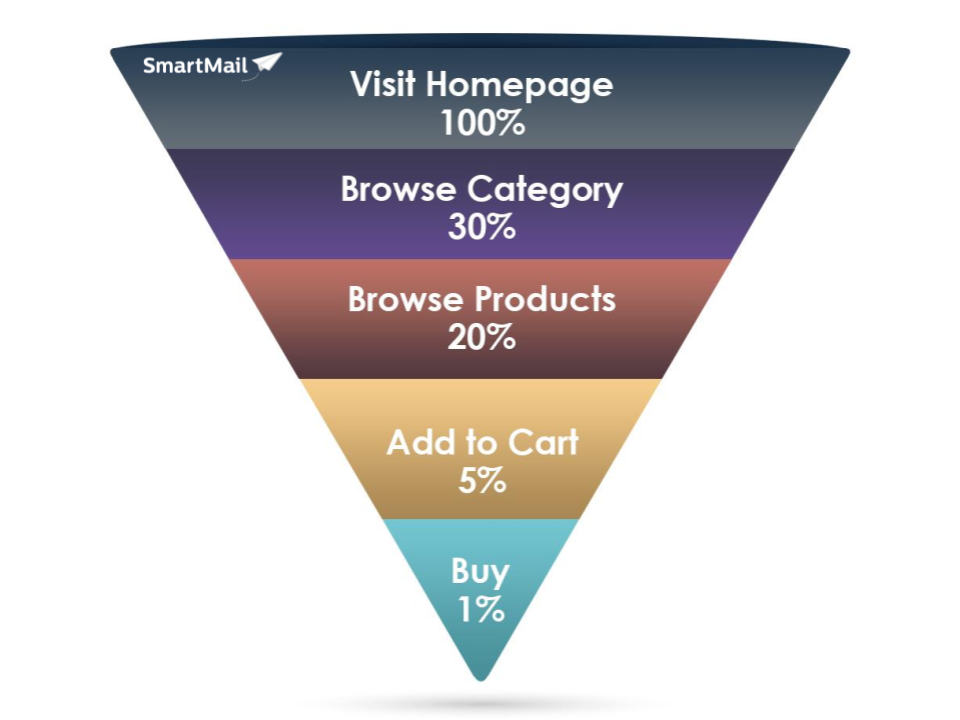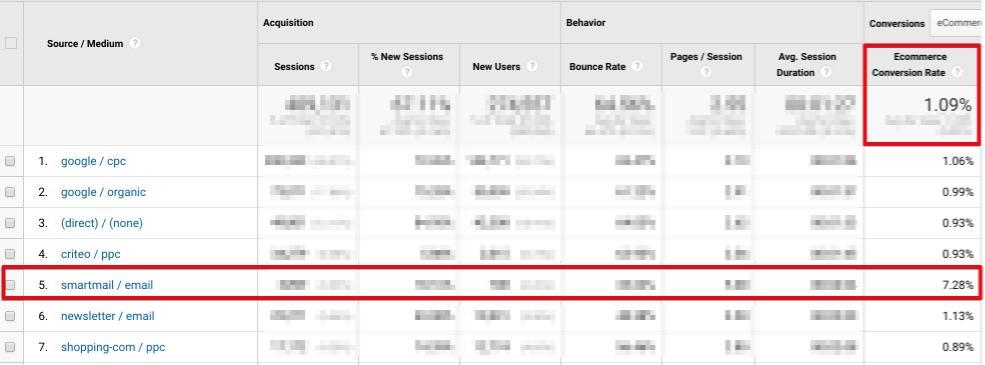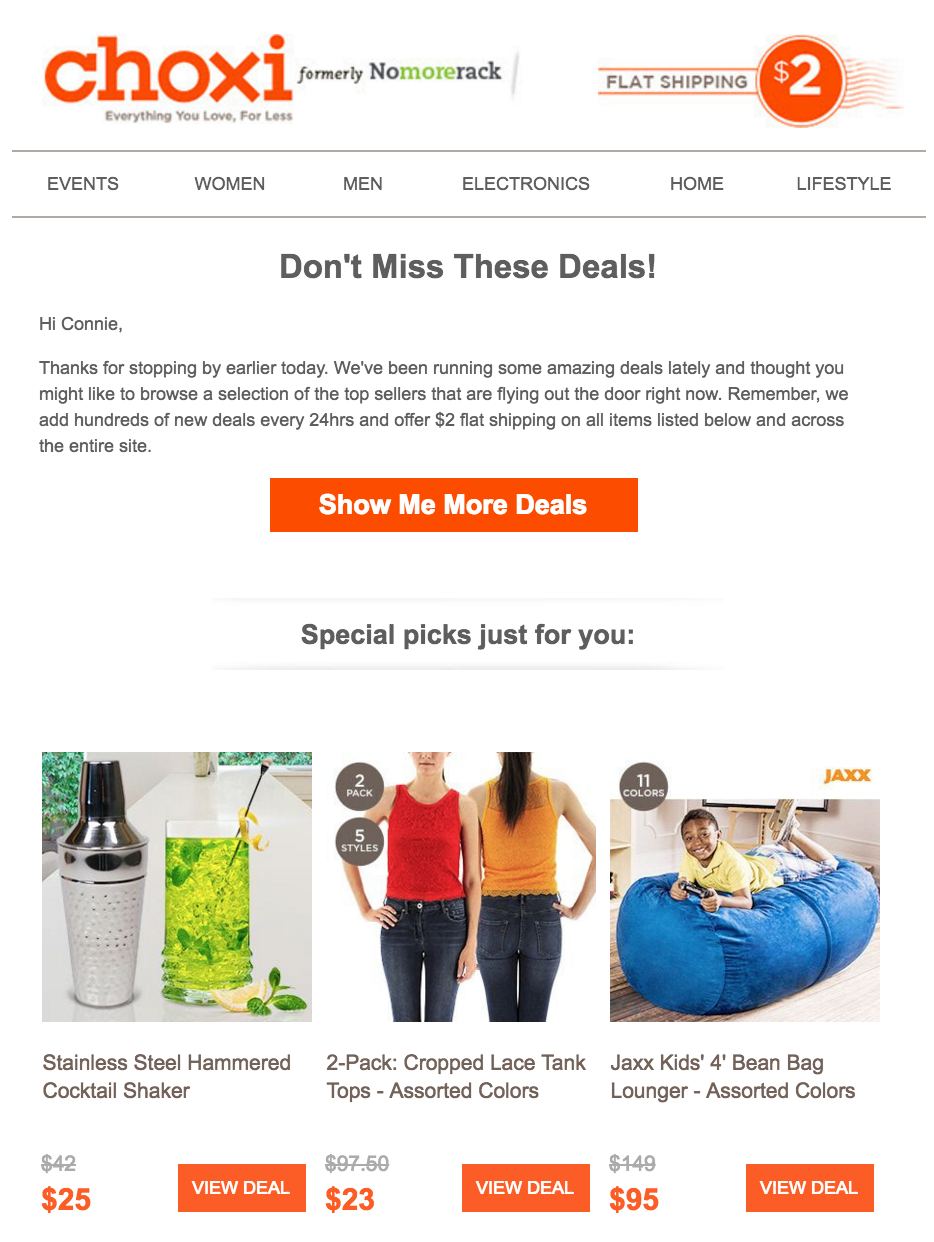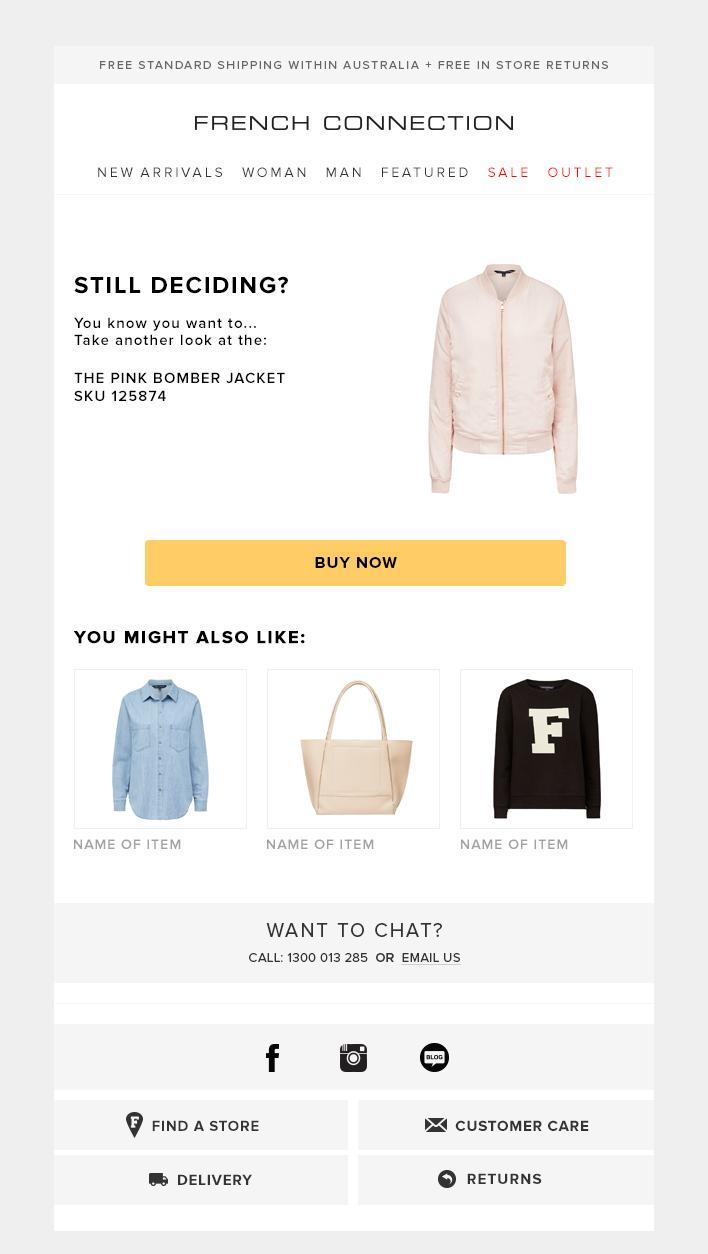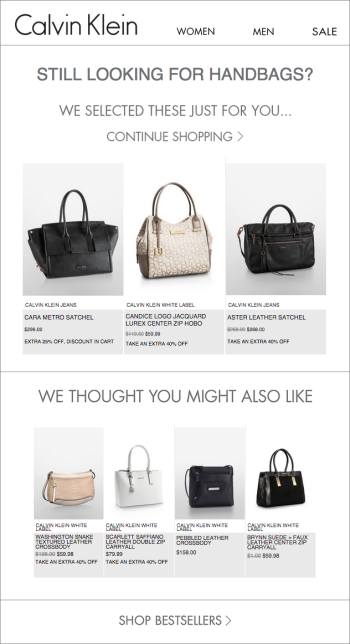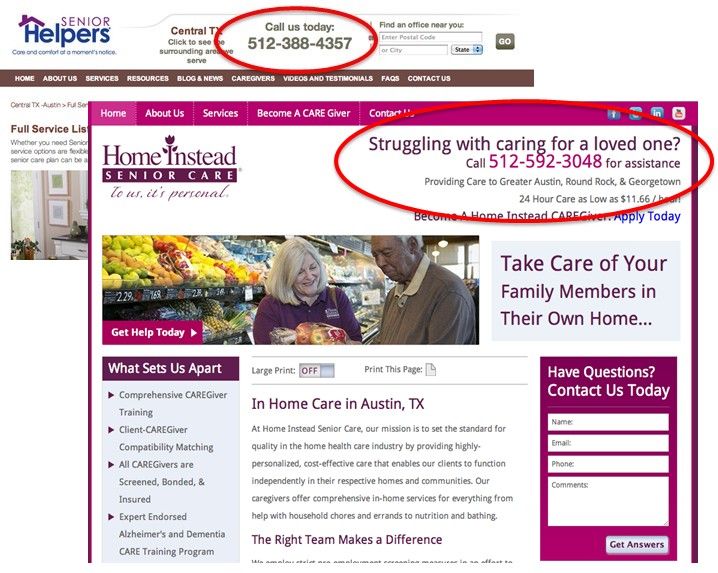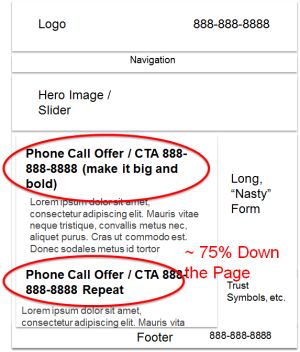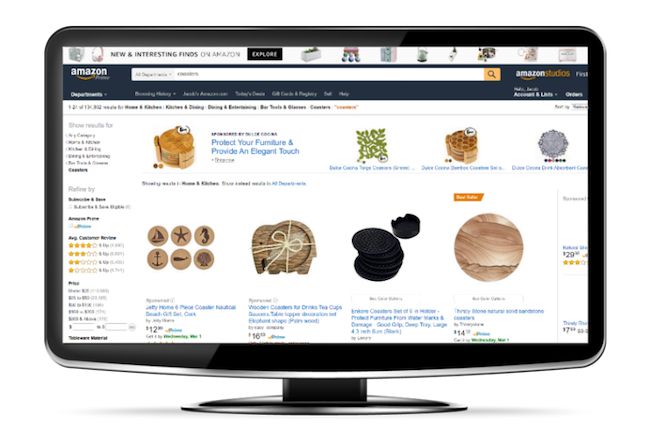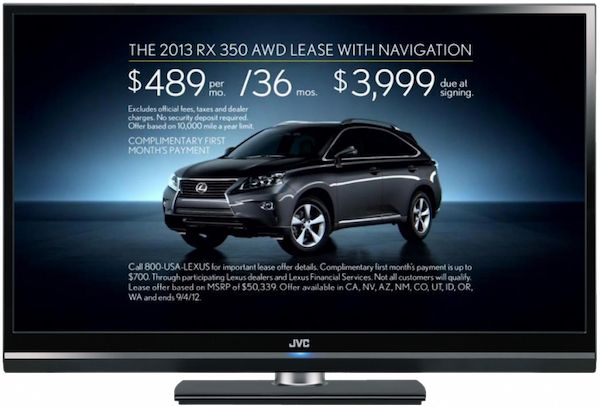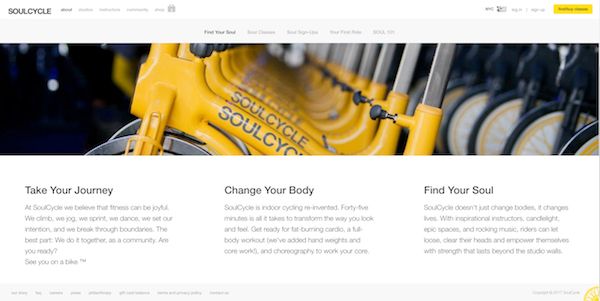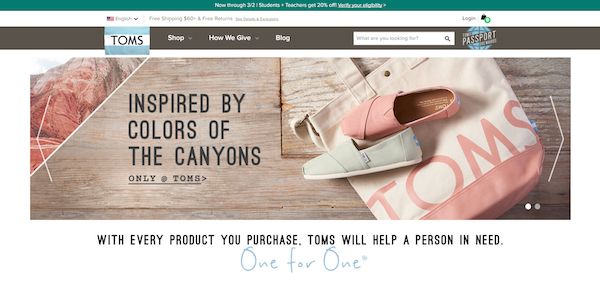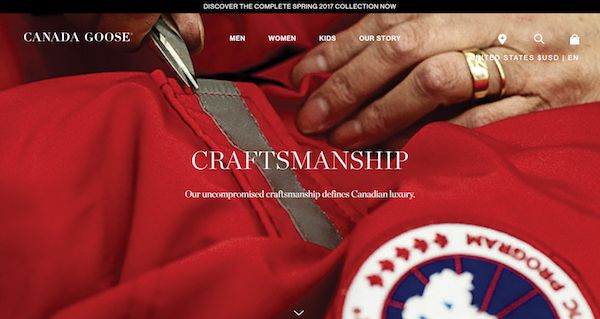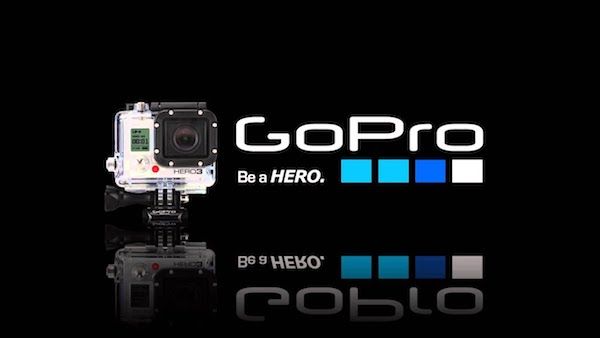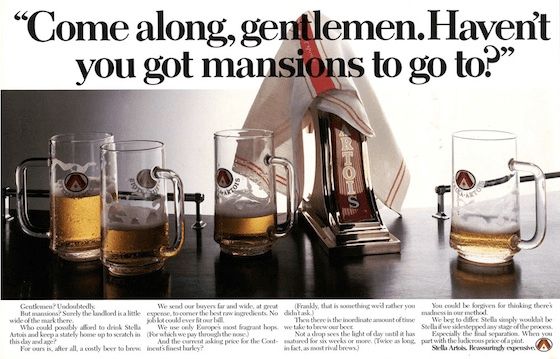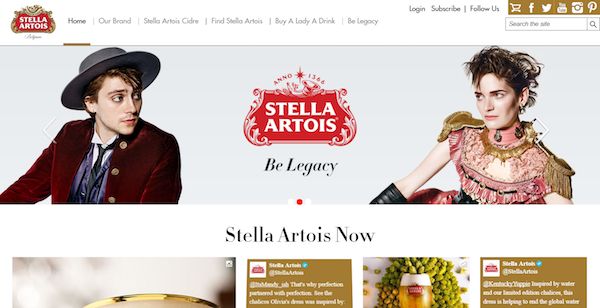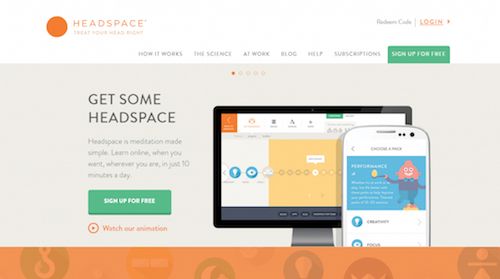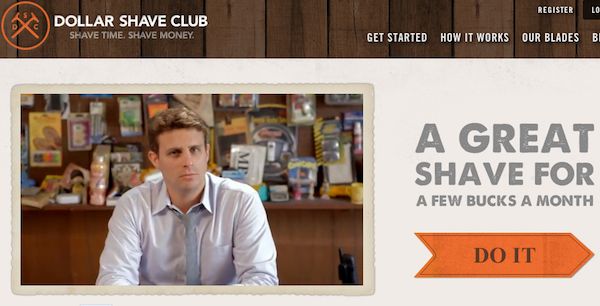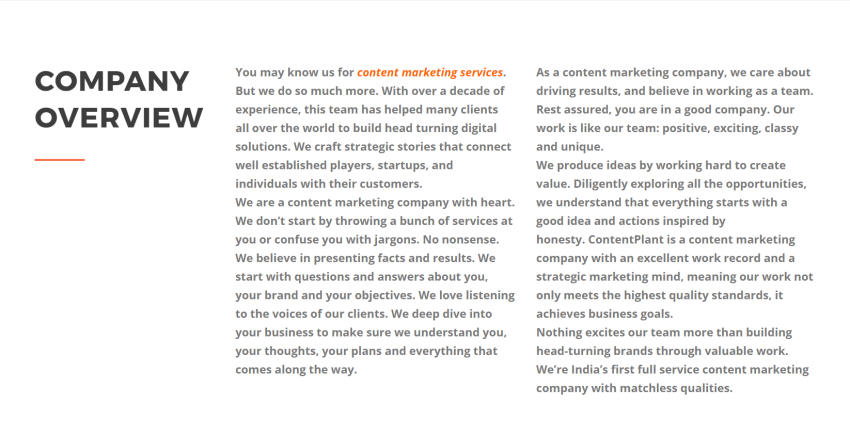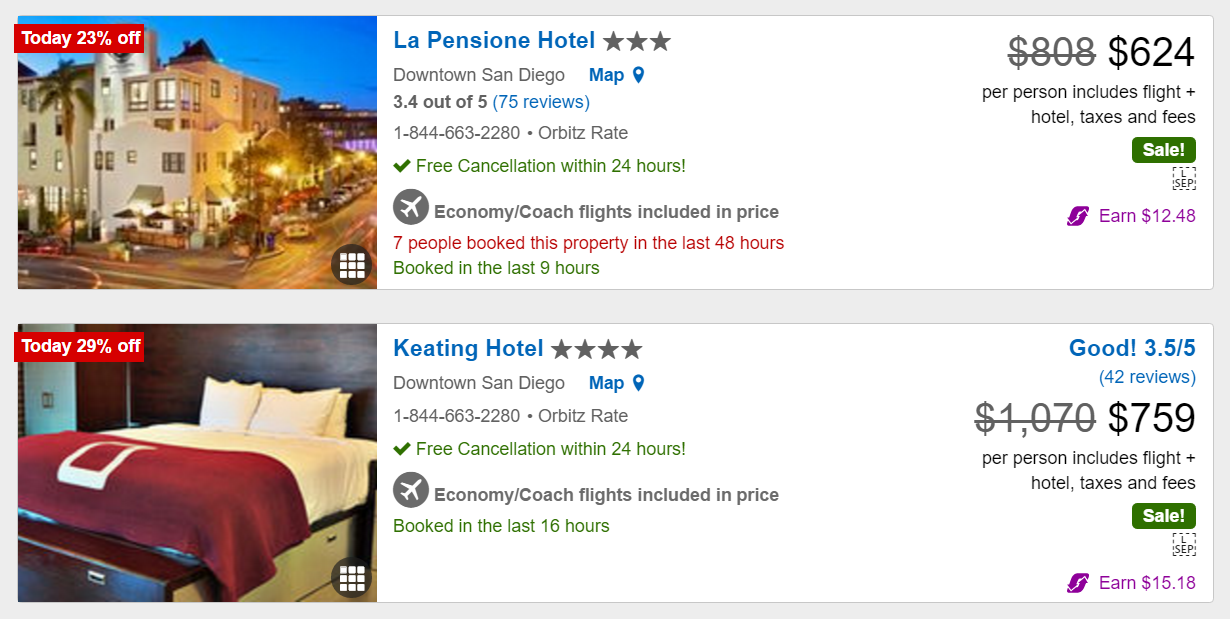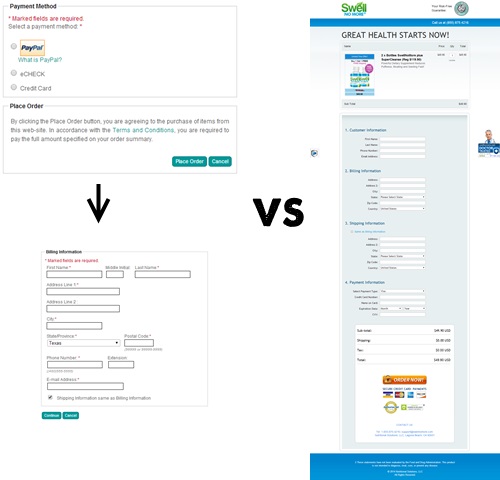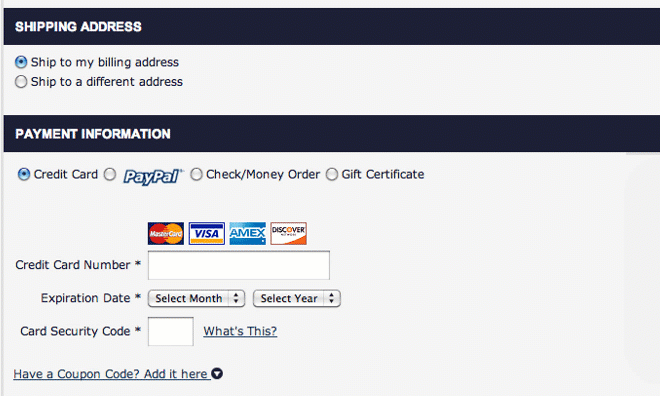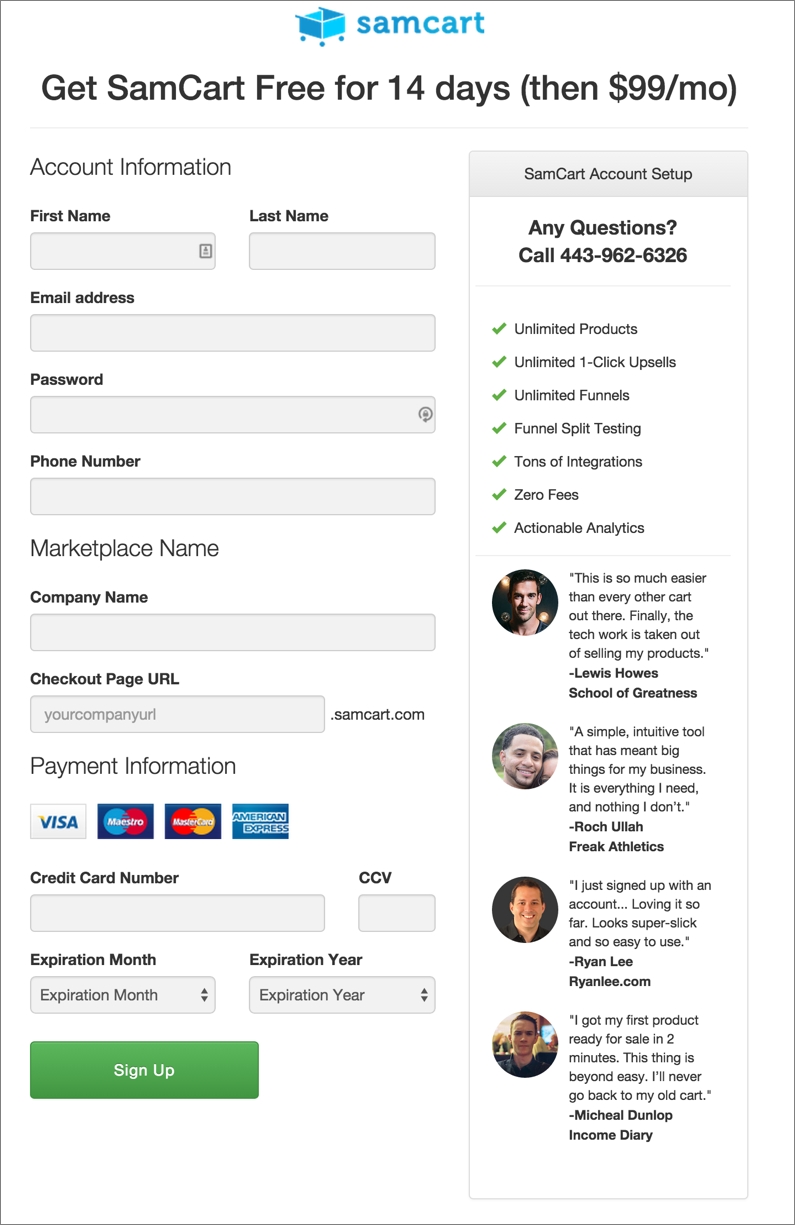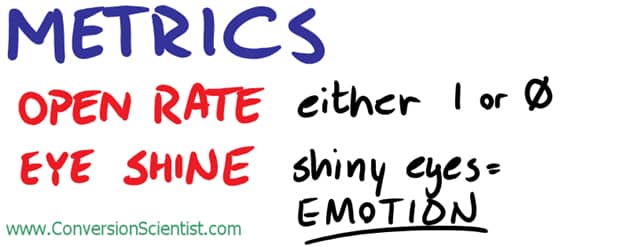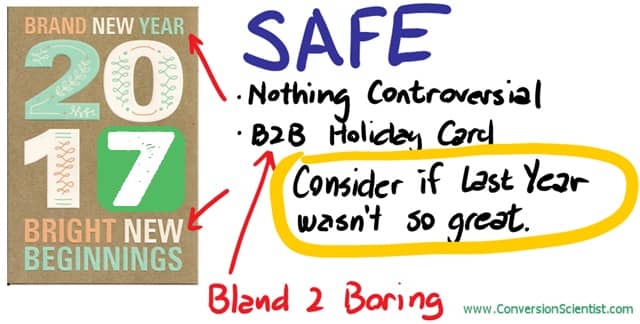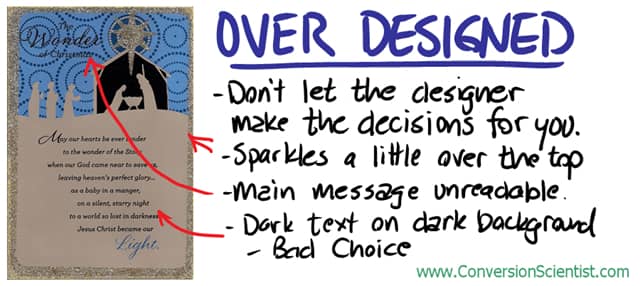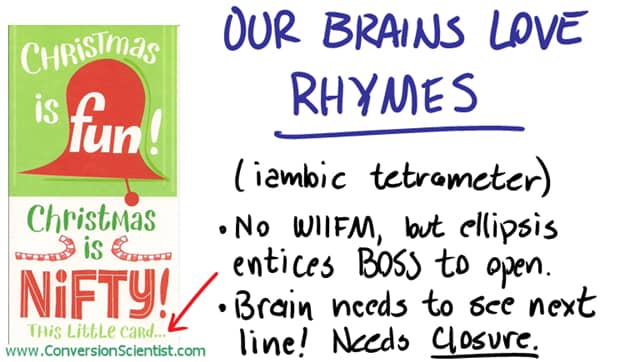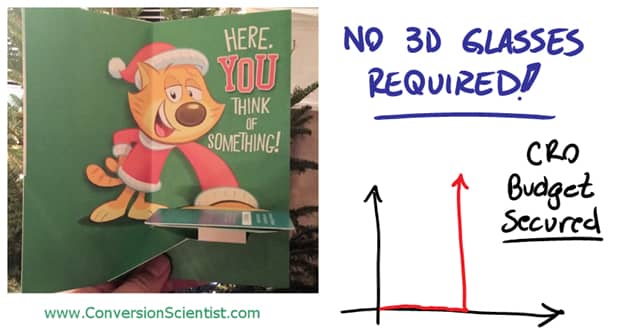What’s the first thing visitors see when they come to your site?
If the answer isn’t a promotional video, you are probably missing out on a sizable chunk of conversions.
In addition the broad trend of increased video consumption – that reached 80% of all web traffic by 2019 – promotional videos in particular are having a significant impact on conversion rates across multiple industries. The addition of promo videos has led to 300% conversion increases in email blasts, 80% boosts on landing pages, and 20% improvements on ads.
But most importantly, users are 64% more likely, on average, to purchase a product after watching a related video.
Of course, not all promotional videos are created equal, so today, we’ll be looking at 5 essential qualities the highest converting videos tend to have in common.
1. They Get Straight to The Point
For most new website visitors, you only have one chance to make a killer first impression. In fact, Diode Digital discovered that 60% of visitors will watch your pomo video before reading any site text and will even share their experience when you present them with a “share this video” button. Even more encouraging, Invodo reports that 92% of mobile video viewers share video. So not only will a solid promo video help with conversions, it can benefit your inbound marketing efforts as well.
This suggest that users are likely to begin watching your promo video, but for how long?
Studies on internet browsing show that the average attention span of browsers in 2015 was 8.25 seconds, down from 12 seconds in 2000. Another study done by Vidyard concluded that if you didn’t gain your audience’s attention in the first 10 seconds, you would lose 20-25% of your viewers.
What this means for you is that the first 10 seconds of your video are critical. You can’t waste time setting up a payoff. You need to get straight to the point.
And this urgency doesn’t just apply to the first few seconds. You can’t afford to waste time at any point in your promo video. According to Wistia, optimal video length is around 2 minutes. Beyond two minutes, there is a significant drop-off in engagement.

Wistia graph on video engagement over time
If for some reason 2 minutes just isn’t going to cut it, you can go up to 12 minutes without seeing the next dropoff in engagement. The most important thing here is the video itself. If you’re holding people’s attention, you can go longer without losing as many viewers. If your video sucks, keeping it to two minutes isn’t going to magically make it effective.
2. They Have Higher Production Quality
With shorter attention spans and a rising volume of videos being made, companies need to make sure that their videos meet a competitive level of production quality.
We have all seen low production quality videos. They sound like garbage. The camerawork is shaky. The editing (if there is any) is about the quality you’d expect from home movies. To increase conversions you have to capture your audience’s attention and nothing says “don’t buy from me” like a low quality promo video.
So what can you do to increase video production quality?
Obviously, the camera you use is important, but with the quality of smartphone cameras these days, virtually everyone has access to a camera that meets the cut for video quality. For our purposes, we are going to focus more on three areas that are often overlooked.
- Sound
- Lighting
- Framing
If you don’t do a good job in these three areas, even a $5,000 camera won’t be enough to save your video.
Sound Quality
For recording videos where a subject will be speaking to the camera, you should purchase a lapel microphone. Lapel mics attach directly to the subject’s clothing, making it an ideal choice for recording interview-style footage. These mics will help make the audio more crisp and focused while also reducing sound interference from unwanted sources.

lapel mics don’t have to be expensive
As you can see, these types of mics can be required relatively cheaply, but you’ll want to do your research to find out what you need for your shoot.
Lighting
Proper lighting is another essential component of making high quality promo videos. You don’t want your footage to be under or over exposed, so setting up lights will eliminate any unwanted shadows. Even the most basic lighting set up in a production will make a huge difference on set. The three point lighting technique (shown below) is well known in the video production world and is probably the most versatile lighting technique.

3 point lighting technique
- The key light is the main light in the video and is used to help light the subject of the video. Typically the key light is placed offset to the side of the camera as shown in the diagram above.
- The fill light is considered a secondary light and is almost always placed on the opposite side of the key light. The purpose of the fill light it to fill the shadows casted by the key light.
- The back light somewhat speaks for itself in that it is the light that is placed on the back of the subject you are shooting. It aids in distinguishing the subject from the background of the scene and gives them more of a three-dimensional look on camera.
Lighting is one of the biggest differentiators between professional and amateur videos, so even just using this basic technique of three point lighting will improve your video production’s quality immensely.
Video Framing
The rule of thirds is a critical building block to the rules of high quality video composition. It is a simple technique to apply to your video setup that will make a big difference with no extra effort.
To apply this technique, mentally draw a tic-tac-toe board across your screen, like you see below.

The rule of thirds
Now try to keep the subject and other points of attention along those lines. The positioning is pleasing to the eye and allows the viewer to observe the background as well. Like lighting, it’s something you might not be aware of unless you’re looking for it, but if you compare a professional video and an amateur video side by side, it will immediately jump out at you.
3. They Make Your Brand Likeable
Written communication is extremely limited. With video, you have a chance to tap into the non-verbals that are so important to communication.
That can be both a blessing and a curse, however, as it means you must be aware of the more subtle vibes you are sending out in your videos. The buying process, as you know, is not always a rational process. At the end of the day, people trust and buy from people and brands they like. And while it’s difficult to put a metric to likability, in most cases, you still need to achieve it.
Fortunately, the likeability standard doesn’t require rocket science to achieve. Sometimes all it takes is a genuine smile. A split test conducted by Wishpond showed a 10.7% increase in profits when their ad showed someone smiling versus someone not smiling. That’s a huge increase for such a small change. While natural smiles are not always easy to pull off, especially if you are trying to make videos with non-actors, having the participants relax and watch funny videos pre-shoot can help.

Everybody loves a smile
4. They Explain The Product & It’s Value
Educating potential visitors through video is one of the best conversion techniques out there. In fact, 98% of users say they’ve watched an explainer video to learn more about a product or service.That is why 45% of businesses who use video marketing said that they have an explainer video on their home page. Of those businesses, 83% said that their home page explainer video was effective.
When making an explainer video, try to follow this structure:
- Identify the problem that your product or service is trying to solve for your customers
- What are they struggling with? What are their pain points?
- Aim to highlight them in the first sentence of the video as a question. This sets the tone and grabs their attention. Immediately follow up with 2 other questions to really hook them in the first 8 seconds.
- Build the need for your product or service
- How will the product make a difference?
- Introduce who you are, why you are credible, and why you have created your product or service.
- Present the solution
- How specifically does it solve their problems? What can they expect after purchasing?
- Tell them about your product or service and highlight the end results.
- What benefits does each element of the product give them? Break it down piece by piece so they understand the full value.
- Create a sense of urgency
- What will they miss out on if the don’t buy it immediately? What will they gain from buying immediately?
- Outline why solving their problems sooner than later will make their life better. This will prevent them from bouncing after the video and compel them to purchase.
5. They End With A Clear CTA
The video is over and your viewer watched the entire thing, congratulations!
Now what?
This is where you prompt the viewer to take action. They have demonstrated a clear interest in the video (otherwise they would have bounced after 15 seconds) so now you need to give a clear call-to-action (CTA). A recent study by Quick Sprout showed that conversion rates increased by 144% when you showed a CTA after the video.
Since they are already on your website, you likely want to get them to either purchase or opt-in so you can place them into a funnel. This process should be as simple and straightforward as possible.
One way to add a CTA is to prominently display it outside the video. The key here is that it needs to be be obvious and clearly connected with the video itself.
Another option is to actually overlay the CTA on the video itself.

CTA overlay
Summary
A promotional video can be a huge asset to your business, and if you haven’t considered making one before, you should definitely re-evaluate.
Remember that you can always outsource various pieces of the process if fully outsourcing is too expensive, but you don’t feel capable of doing everything yourself. Remember to invest in a competitive level of production quality, be authentic, get to the point, try to be likeable, and add a clear call to action that is simple for your viewers to follow. That recipe alone will put you light years ahead of your competition.
Have you tried running a promo video before? Tell us about your results in the comments.

